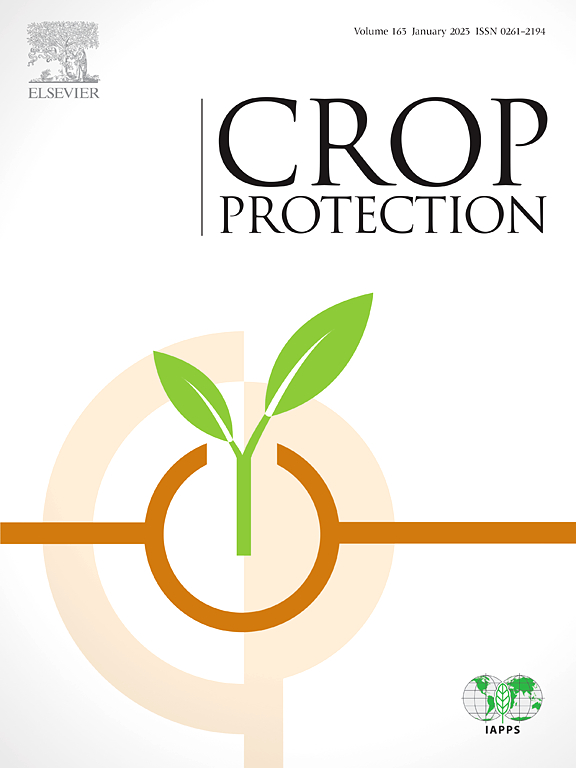Traditionally, most cocoa farms are established by removing the forest understorey and thinning the forest canopy so that cocoa seedlings can grow into productive trees by utilising the forest rent of the newly cleared area and the shade provided by the remaining trees. With the introduction of new hybrid cocoa varieties, there is a gradual shift towards the elimination of shade trees in the cocoa landscape. Farmers have found it necessary to eliminate forest tree species to effect high performance of these new varieties and as a result large areas of forested land are being lost, thereby posing a threat to biodiversity A study was carried out in Atwima, a major cocoa farming district in the Ashanti region of Ghana, to assess the impact of cocoa cultivation on tree diversity. The study also investigated farmers’ preferences for tree species retained on cocoa farms as well as their traditional knowledge on tree species and their effect on cocoa cultivation. The assessment consisted of identification and enumeration of all tree species with diameter at breast height greater than or equal to 10 cm, and was carried out on one-hectare plots of: (a) Active Cocoa Farms (ACF), stratified into (i) Mature Cocoa Forest (MCF) and (ii) Young Replanted Cocoa (YRC); (b) Fallow land (FL), and (c) Natural Forest (NF). A total of four one-hectare plots replicated five times (or 20 ha) were enumerated. Tree diversity was more strongly influenced by landuse type than age of cocoa farm. Fallow lands contained a higher tree diversity followed by natural forest, with the active cocoa farms, both mature and young, containing the lowest variety of species. However, stem count was highest in the natural forest followed by FL and ACF. Generally, stem counts of important tree species, as well as those classified as either endangered or vulnerable, were extremely low in the landscape (0–2 per hectare), indicating a critical potential for conservation and rejuvenation. Farmers’ preference for trees on cocoa farms was based on their usefulness. Three categories of trees emerged from their classification of trees on cocoa farms: (i) naturally occurring trees that are very useful; (ii) naturally occurring species of minor economic use; and (iii) naturally occurring tree species that are aggressive or incompatible with cocoa. Multistrata cocoa farms are a potential niche for conservation, but given the current trends in cocoa replanting, future conservation strategies will have to focus on identified targeted species which are of conservation concern, as well as those that are of value to farmers.
DOI:
https://doi.org/10.1007/s10457-010-9366-z
Altmetric score:
Dimensions Citation Count:
























